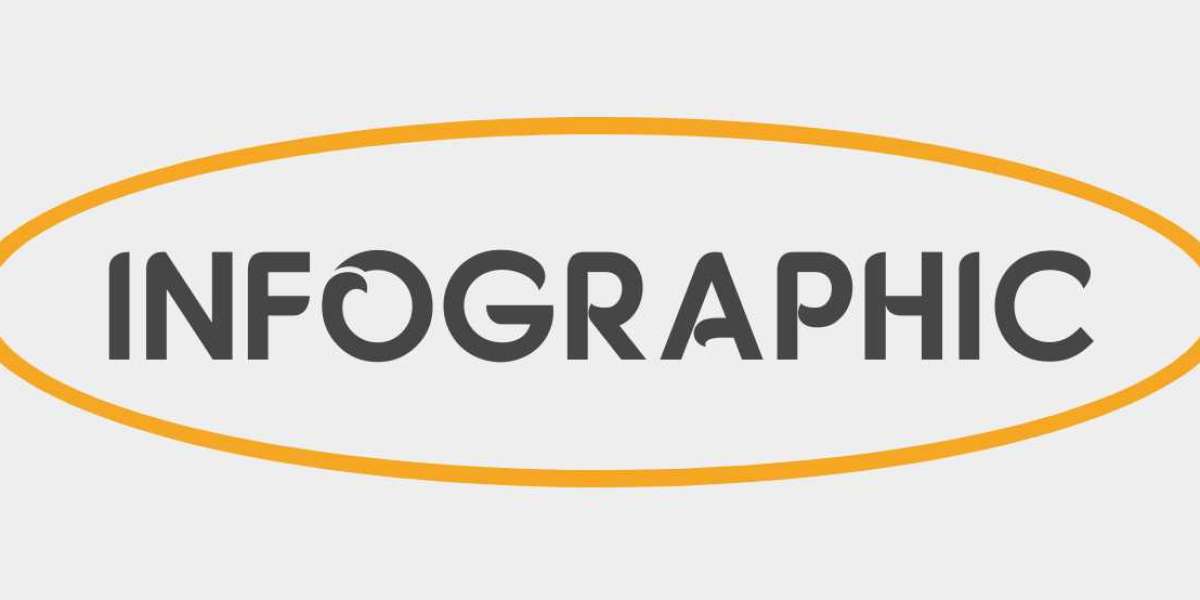In the ever-evolving landscape of design and collaboration, the role of technology is undeniable. Digital tools and software have streamlined processes and enhanced efficiency, allowing professionals to create, edit, and share designs seamlessly. However, amidst this digital wave, traditional practices like redlining or hand markup maintain their relevance and significance. Redlining, often done by hand, involves marking up a physical or digital copy of a design with comments, corrections, or annotations. Let's explore the enduring importance of redline drawings in the design and collaboration process.
1. Clarity and Precision:
Redlining provides a clear and precise way to communicate specific changes or feedback on a design. By marking up a document directly, designers, engineers, or collaborators can pinpoint exact areas that need attention, minimizing confusion and misinterpretation.
2. Enhanced Communication:
Redline markups facilitate effective communication between team members. Visual annotations are often more explicit and easier to comprehend than written or verbal instructions, ensuring that all stakeholders understand the proposed modifications.
3. Quick Iterations:
Redlining allows for quick iterations and revisions. Team members can make real-time changes during meetings or discussions, speeding up the design process and enabling swift progress towards project milestones.
4. Facilitating Collaboration:
Hand markup encourages collaborative efforts. During brainstorming sessions or design reviews, team members can contribute their insights directly on the design, fostering a collaborative environment and harnessing collective creativity.
5. Preservation of Design Evolution:
Redline markups document the design's evolution. They provide a historical record of changes, decisions, and feedback throughout the design lifecycle, aiding in tracing the design's progress and understanding the rationale behind specific design choices.
6. Offline Accessibility:
Hand markup doesn't require an internet connection or specific software, making it accessible offline. This proves invaluable in situations where online collaboration tools might not be available, ensuring work can continue seamlessly.
7. Client Engagement:
Hand markup can be an excellent tool for client engagement. Clients often appreciate the ability to see and annotate physical or printed designs, providing immediate feedback and strengthening the client-designer relationship.
8. Tactile Interaction:
Marking up a physical document with redlines offers a tactile experience that digital tools can't replicate. The act of physically marking up a design can help professionals engage more deeply with the content and generate innovative ideas.
9. Ease of Implementation:
Redline markups are easy to implement, requiring minimal training. This simplicity encourages widespread adoption among team members, ensuring that everyone can contribute to the collaborative process.
In conclusion, redline or hand markup remains a vital tool in design and collaboration workflows. While digital advancements continue to revolutionize the way we work, the clarity, simplicity, and tactile nature of redlining ensure that it will continue to be an essential practice. The key is to strike a balance between leveraging digital tools and incorporating traditional, effective methods like redlining to achieve the most efficient and collaborative design process.








